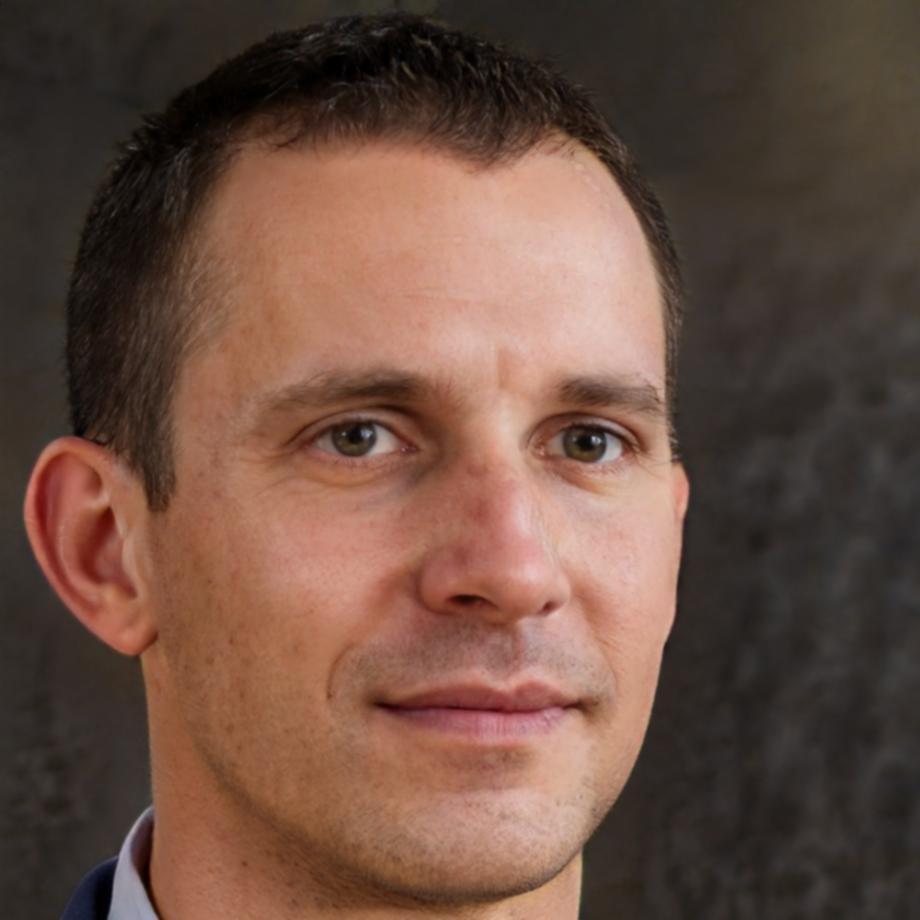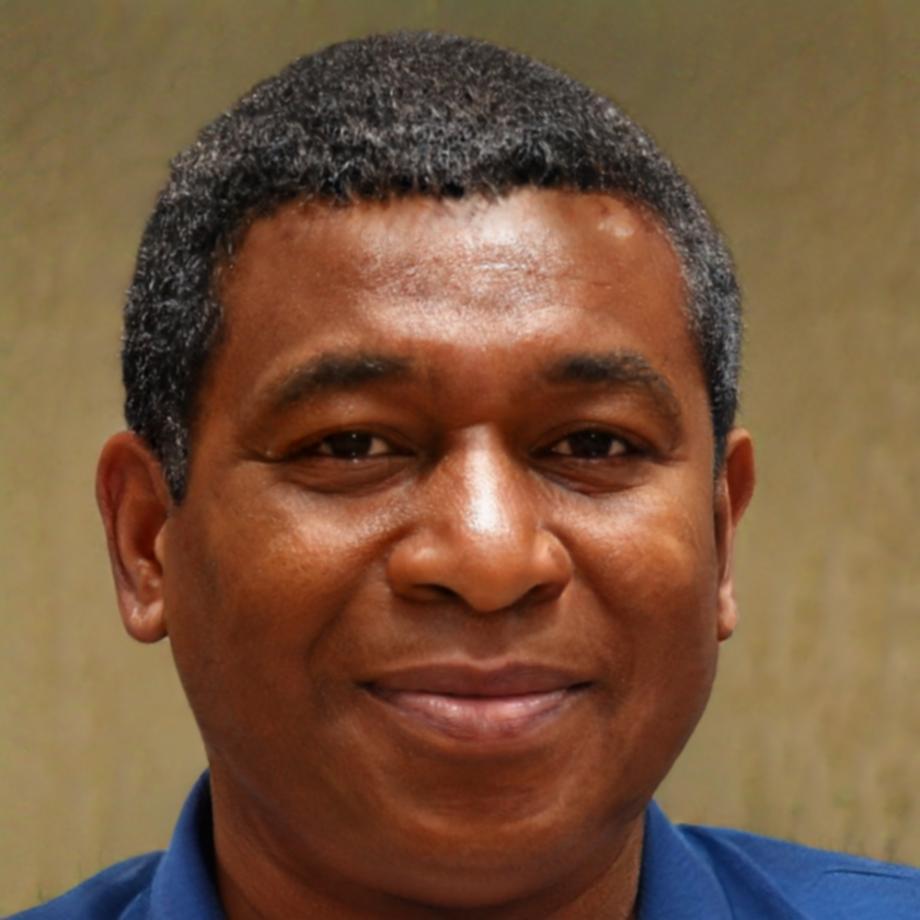Build Games That Actually Move
Learn mobile game animation from people who've shipped titles. Not theory classes—real production techniques used in Taiwan's game studios. Our September 2025 cohort focuses on rigging, timing, and the subtle movements that make characters feel alive.
View Program Details
Who Teaches Here
Our instructors currently work in production. They teach what they use every day.

Destin Kavanaugh
Senior AnimatorWorked on three published mobile RPGs. Specializes in combat animation and character locomotion. Before teaching, Destin spent six years at a Taipei studio where he developed their animation pipeline from scratch.

Royce Landsberg
Technical AnimatorFocuses on performance optimization for mobile platforms. His background includes work on casual games with millions of downloads. Royce brings practical knowledge about file sizes, draw calls, and making animations run smoothly on older devices.
How The Program Works
Four months of structured learning. Classes run twice weekly in the evenings, with project work in between. You'll build a portfolio piece from concept to final implementation.
Foundation Weeks (Month 1)
Animation principles applied to mobile constraints. You'll learn timing curves, squash and stretch, and how frame rate affects player perception. We start with simple cycles before moving to complex actions.
Character Development (Month 2)
Rigging systems and weight painting for mobile rigs. Students work with provided base models to create movement sets. This phase covers idle animations, transitions, and expressing personality through motion.
Production Integration (Month 3)
Implementing animations in Unity. You'll learn about animation controllers, blend trees, and optimization techniques. We cover common problems like animation pop and how to debug timing issues in gameplay.
Portfolio Development (Month 4)
Final project work with instructor feedback. Students complete a playable character with full movement set. This includes combat animations, UI feedback animations, and polish passes based on peer testing.
What Students Build
These are projects from our January 2025 cohort. Each student chose their own character concept and animation style based on their interests.

Fantasy Combat System
A melee character with 12 unique attack animations and hit reactions. The student focused on making impacts feel weighty while keeping file sizes under 2MB for mobile deployment.

Casual Character Set
Created for a puzzle game concept. Includes various emotional states and celebration animations. This project emphasized personality and player connection through subtle movements and timing variations.
Next Cohort Timeline
Our autumn 2025 program begins September 15th. Classes meet Tuesday and Thursday evenings, 7-9:30 PM Taiwan time. You'll need access to a computer that runs Unity and animation software.
Application Period
Opens July 1st, 2025. We accept 16 students per cohort. Submit your portfolio or previous work—doesn't need to be game-related, just show you understand movement.
Preparation Phase
Accepted students receive software setup guides and pre-course materials in August. Optional orientation session covers technical requirements and answers questions about the curriculum.
Program Start
First class September 15th. You'll meet your cohort, instructors, and begin foundation work immediately. The first assignment is due before the second week to establish your workflow.
See The Full Curriculum
Our learning program page breaks down each module, software requirements, and what you'll actually create during the four months. You can also read about job placement support and portfolio review sessions.